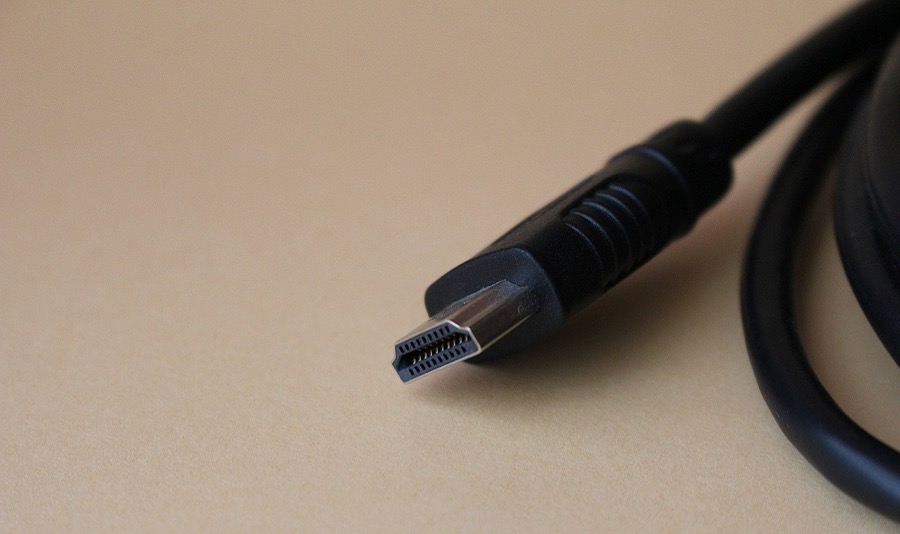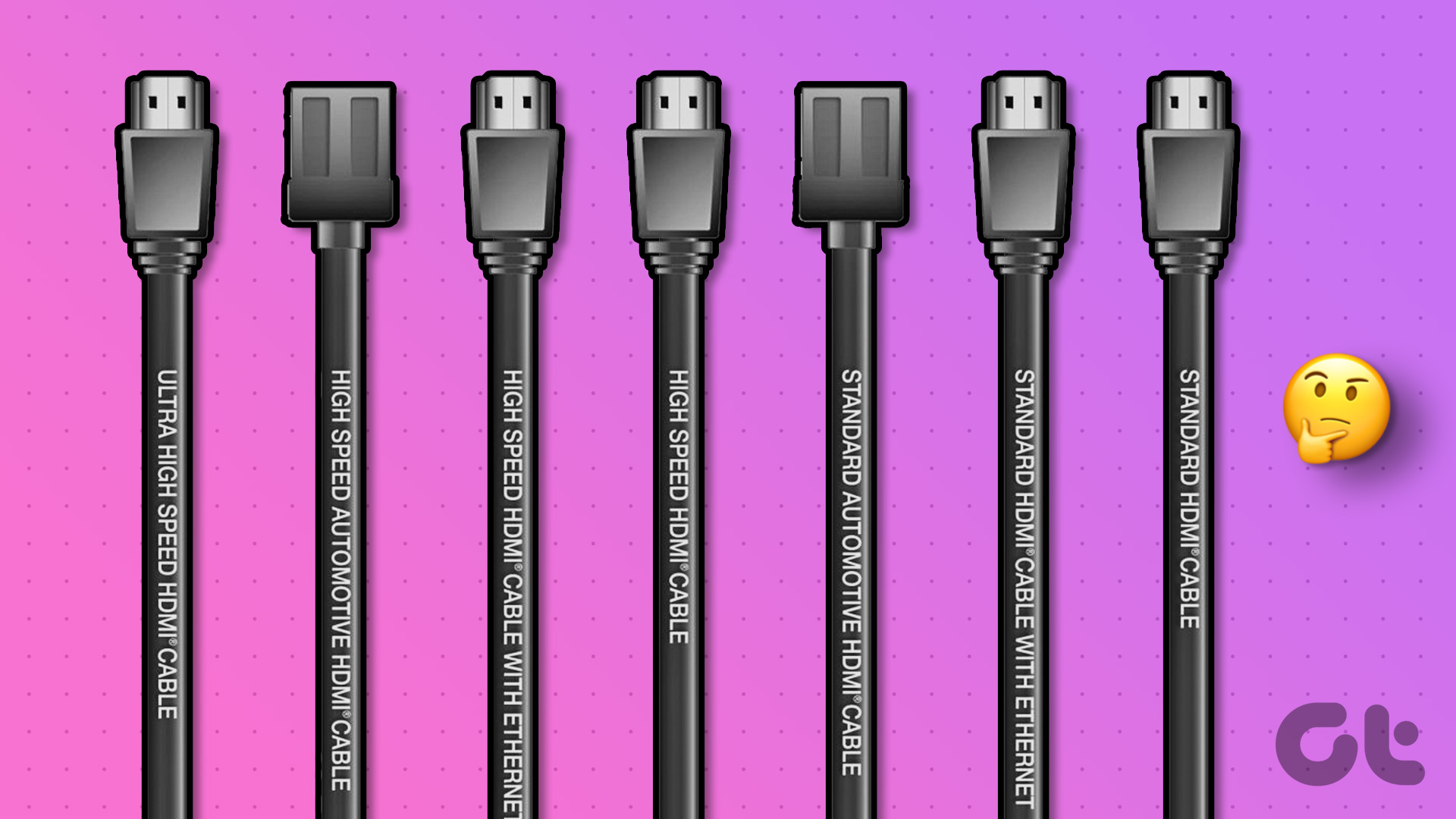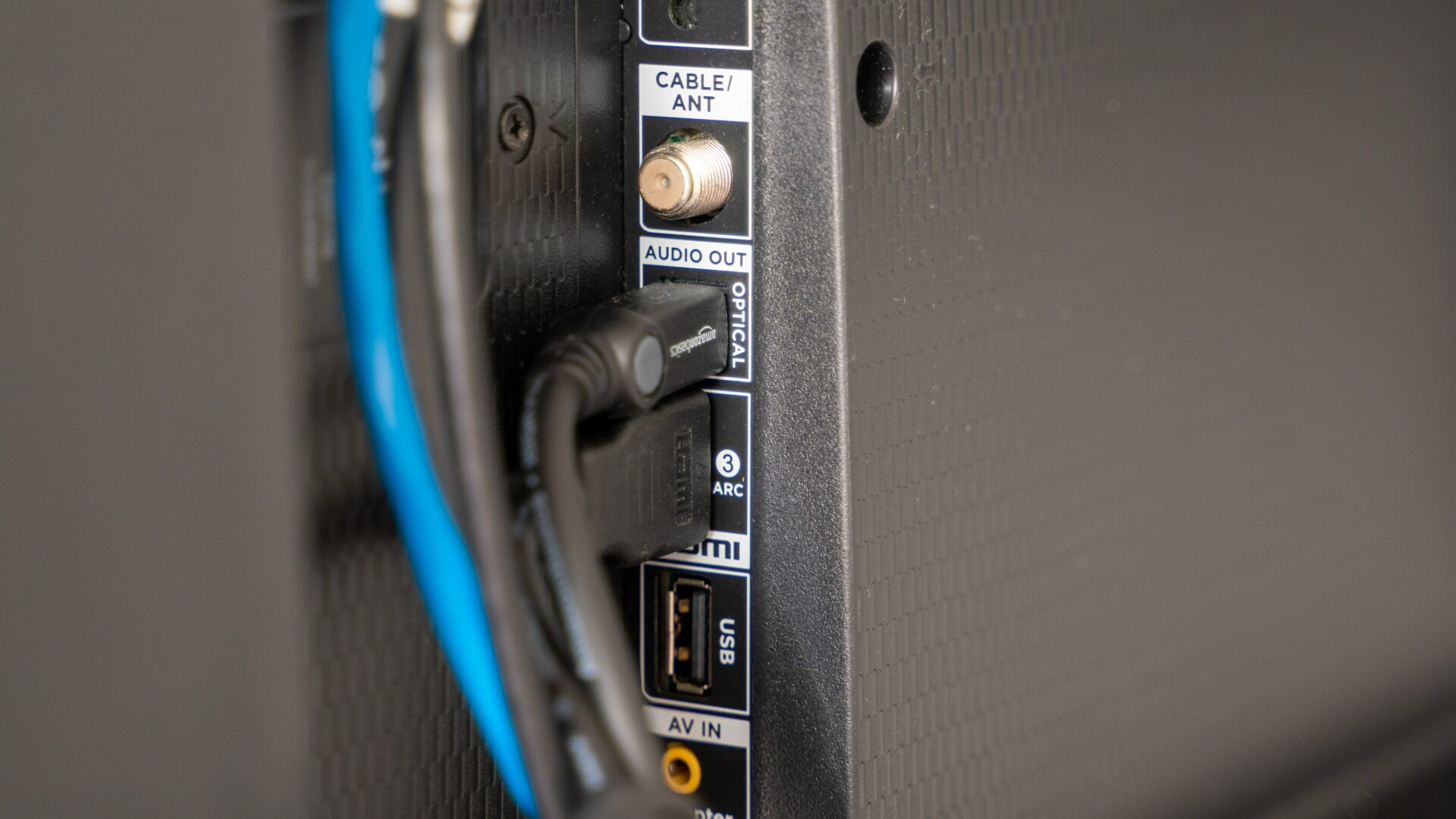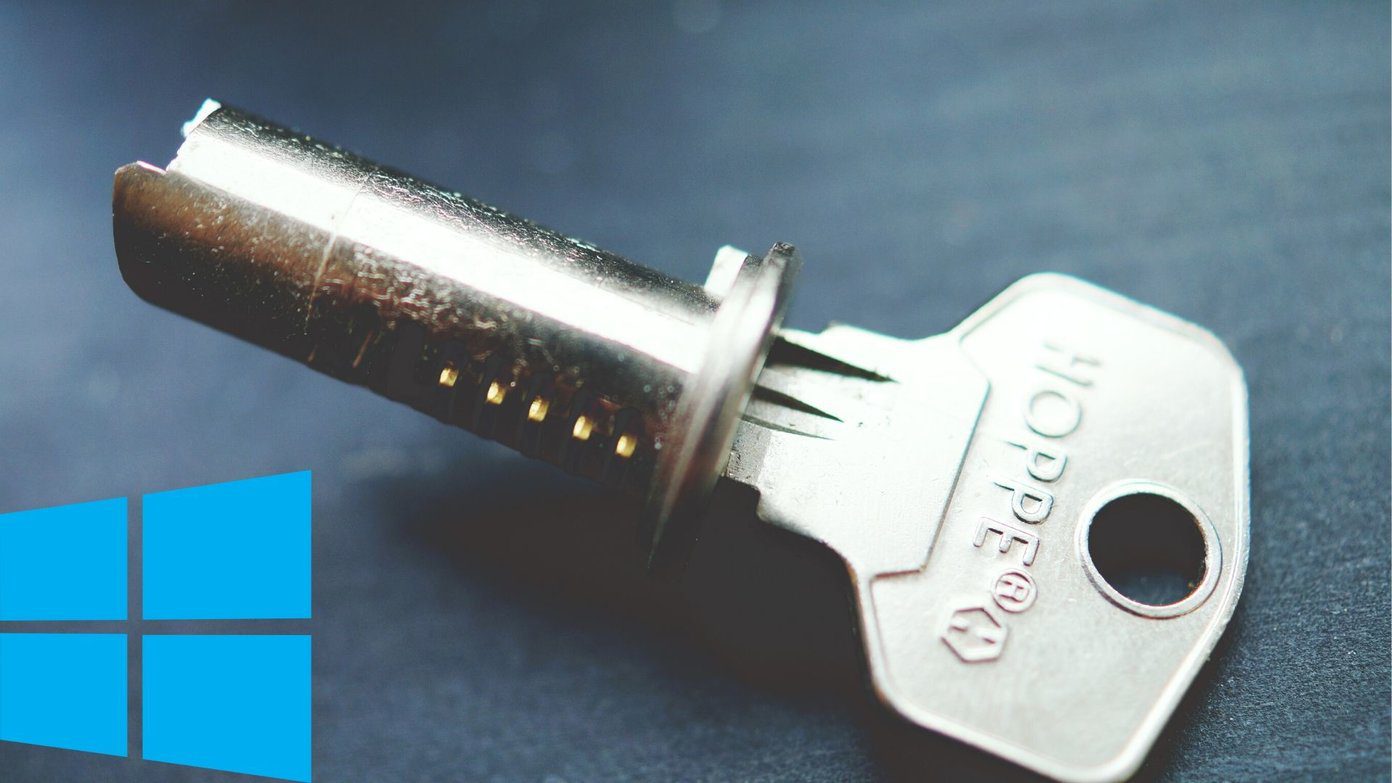There isn’t a simple yes or no style answer. Before answering your question, let’s take a quick look at the difference between HDMI 2.0 and HDMI 2.1. Also, whether the upgrade is worth it for you. Let’s get going, shall we? But first,
Here are the best QLED TVs with HDMI 2.1 input The difference between HDMI 2.1 and DisplayPort 1.4
What Are HDMI 2.0 and HDMI 2.1
HDMI 2.0 was introduced in 2013 with the native support for 4K video streaming at 60Hz. Also, it could 8K video resolution, but the refresh rate could go only up to 30Hz. Talking about the data bandwidth carrying such video signals, the HDMI 2.0 standard can support upto 18 Gbps. And then comes HDMI 2.1, which bumps the bandwidth to 48 Gbps. This bigger difference in bandwidth lets HDMI 2.1 cables to handle 4K resolution in higher frame rates – 4K at 120Hz and 8K at 60Hz. Besides that, HDMI 2.1 also has a few other advantages over HDMI 2.0. Like the HDMI 2.1 standard supports eARC (enhanced audio return channel) with much higher bandwidth and speed (up to 37Mbits/s), while the older generation supports just ARC (audio return channel) with a limited bandwidth (roughly 1Mbit/s). This higher audio bandwidth makes things more convenient since you do not have to hook a separate cable for audio. Furthermore, eARC has a much higher bandwidth and speed. One of the advantages of the higher bandwidth is that it lets you pass Dolby TrueHD, Dolby Atmos, and DTS-HD Master Audio signals. So if you have one of the newer Apple TV 4K streaming boxes, it’s an HDMI 2.1 cable that you should buy to get the most out of it. Gamers adore HDMI 2.1 for supporting features like VRR (Variable Refresh Rate) and ALLM (Auto Low Latency Model) that aim to get the best gaming experience at the highest settings. The VRR and ALLM are responsible for reducing lag and offering smooth, tear-free gameplay. All that happens when the source and the monitor are compatible. The HDMI 2.1 standard brings dynamic HDR support, producing more immersive and life-like images in movies and sports for the lover of vibrant visuals. Dynamic HDR aims to perfect the scenes frame-by-frame to reproduce detailed quality compared to the static HDR of HDMI 2.0. Don’t get us wrong, the static HDR also plays with light, shadow, and contrast levels, but it’s not nearly as immersive as dynamic HDR. Those were some of the most significant differences between HDMI 2.0 and HDMI 2.1. That circles us back to the vital question—which one should you pick? So here’s your answer. HDMI 2.1 cables can help you get the best (audio and video bandwidth) only when used with HDMI 2.1 capable source system and monitor or TV. It won’t magically bump the bandwidth of an HDMI 2.0 supporting system and monitor. Of course, it will cover you as a future-proof cable in your hands, but you can only get the best out of it while using the source and display system with HDMI 2.1 ports. At the same time, your latest TV or gaming console (like PS5 or Xbox Series X) supporting HDMI 2.1 can’t deliver the best possible output with an HDMI 2.0 cable. So you’ll lose out on higher quality audio, more refresh rates, and other features like Dolby Vision or Dolby Atmos. However, it’s worth noting that HDMI 2.1 cables are backward compatible with their predecessor. Even if your current setup mostly offers HDMI 2.0 ports, using an HDMI 2.1 cable will give you a satisfactory experience. With that settled, let’s look at some of the best HDMI 2.0 and HDMI 2.1 cables.
4 Best HDMI 2.0 and HDMI 2.1 Cables
1. Cable Matters Premium Braided Cable (HDMI 2.1)
This HDMI cable could serve as a perfect companion to hook your gaming consoles like PlayStation 5 to the latest high-end 4K TVs like the Samsung QN90A Neo QLED Series, which support high refresh rate gaming.
2. Monoprice Ultra High Speed HDMI 2.1 Cable
3. PowerBear 4K HDMI Cable (HDMI 2.0)
That said, it’s a solid cable and delivers what it promises. Interestingly, this company is known for its excellent customer service. They are quick to act on replacement and any queries. This HDMI 2.1 cable supports 4K streaming up to 60Hz. You can use it to plug a streaming box into your high-resolution TV to enjoy streaming shows and movies in all their glory. Apart from that, it’s a well-made cable to last you a handful of years unless you pull it out and plug it back in regularly. Despite the non-braided exterior, it manages to hold up to the elements of nature.
HDMI 2.0 vs. HDMI 2.1
HDMI 2.1 cable can make visuals appear immersive and let you enjoy top-quality audio with the most compatible systems. Also, it’s future proof if your current setup still has HDMI 2.0 support. So if you wish to get the most out of Dolby Vision and Dolby Atmos out of the Apple TV 4K, the latest game console, and the 4K OLED or QLED TV, you should definitely opt for an HDMI 2.1 cable. The above article may contain affiliate links which help support Guiding Tech. However, it does not affect our editorial integrity. The content remains unbiased and authentic.


















